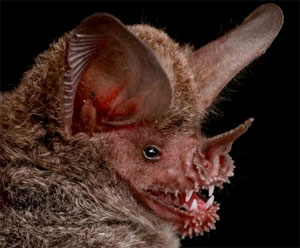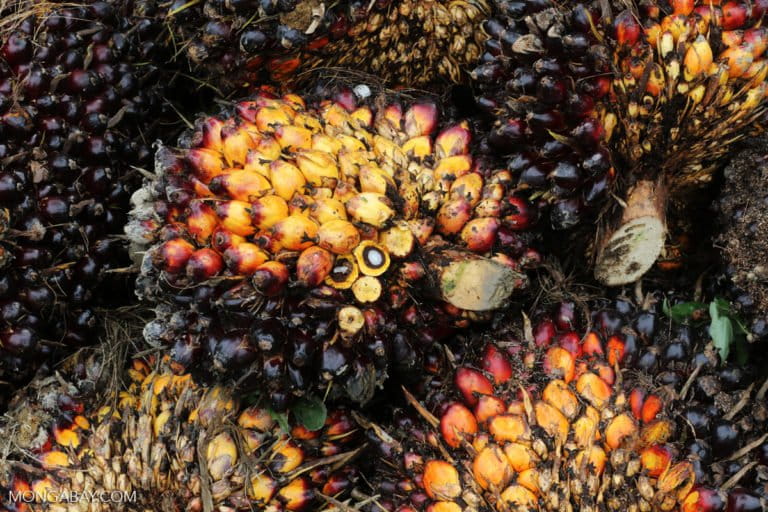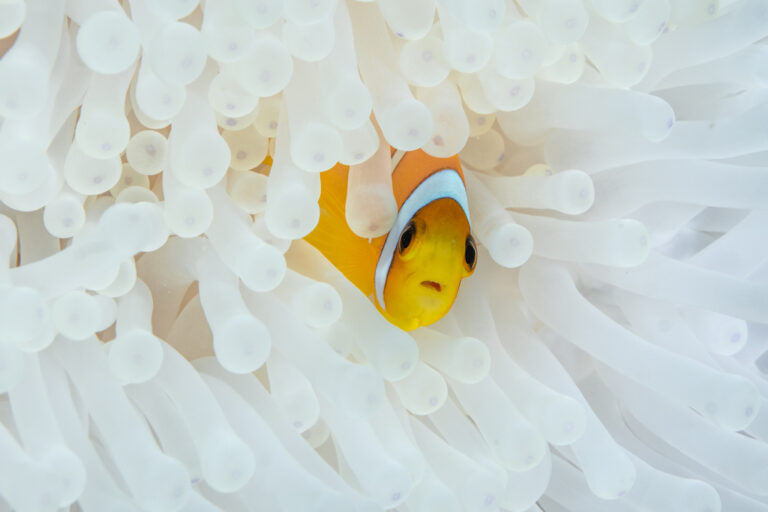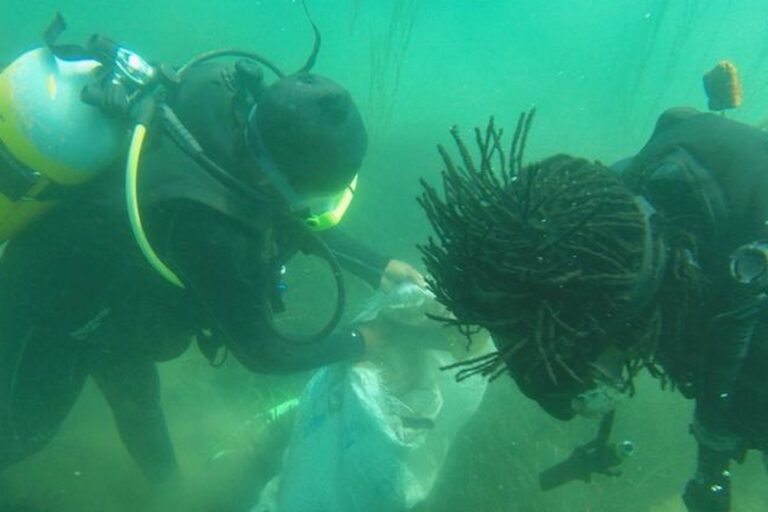15 ‘new’ bird species revealed in North America
15 ‘new’ bird species revealed in North America
mongabay.com
February 18, 2007
DNA testing has revealed 15 “new” species of birds in North America and six “new” species of bats from the South American country of Guyana, according to a paper appearing in the British journal Molecular Ecology Notes.
Examining 643 bird species, an international team of scientists were surprised to find look-alike birds are actually separate species that do not interbreed.
“People have watched birds for so long we might think every different tweet has been heard, every different color form observed,” said Dr. Paul Hebert of the Biodiversity Institute of Ontario, Guelph University, Canada. However, “there are a number of cases of deep genetic divergences within what are currently called single species.”
Co-author Dr. Mark Stoeckle of Rockefeller University said he believes that genetic testing will eventually add another 1,000 species or so to the current roster of 10,000 known bird species, but that the effort will require millions of dollars in additional funds. To date, the Barcode of Life Data Systems, as the project is known, has catalogued more than 25,000 species and over 200,000 individual records.
|
Unique DNA barcodes for provisional new bat species were obtained from look-alike specimens of several bats, including Trachops cirrhosus, which feasts on frogs. Credit: Alex Borisenko, Biodiversity Institute of Ontario / Royal Ontario Museum |
Hebert says the work is important for developing a better understanding of evolution as well as biodiversity conservation.
“This work is raising questions about how evolution works and what species are,” he said. “Wouldn’t you think we’d have all of the world’s 5,500 mammals identified by now? The scientific community has been at it for 250 years.”
“How can you develop strategies to preserve highly different genetic entities if you don’t know they’re there? Our work is providing the first molecular evidence of some of these splits,” he added.
The Barcode of Life Data Systems aims to have 10 million records of 500,000 animal species by 2014, an endeavor likely to cost more than $100 million.
“What it will mean effectively is that researchers will find a barcode linked to just about anything encountered anywhere on the planet,” Hebert said. “By 2014 I think you can count on having a functional barcode library linking barcodes to the binomial names that link to the accumulated knowledge about them. And I think you can count on having a handheld device.
“Our job is to reveal how many species there are on the planet and provide really simple tools to tell one species from another,” he concluded.
This article is based on a news release from Rockefeller University.















